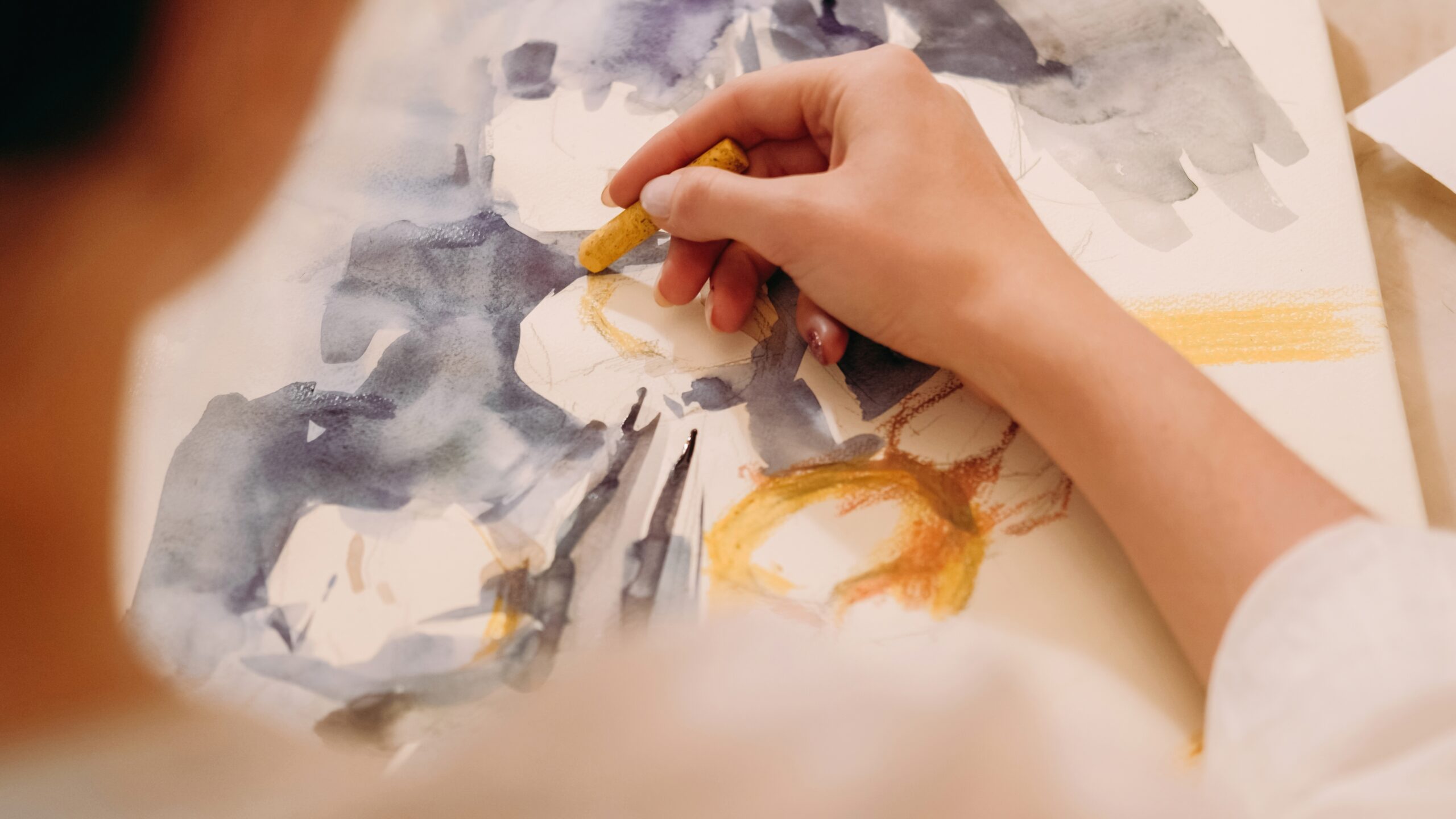Eating disorders are complex mental health conditions often rooted in emotional distress, trauma, or issues with self-image. While traditional treatments like psychotherapy and nutrition counseling remain essential, creative approaches such as art therapy are increasingly recognized for their therapeutic benefits. Artistic expression offers a non-verbal outlet for emotions, helping individuals process feelings, rebuild self-esteem, and foster self-compassion during recovery.
This article explores the role of art therapy in eating disorder recovery, its benefits, and how it complements conventional treatment methods.
The Role of Art Therapy in Recovery
Art therapy is a form of psychotherapy that uses creative activities—such as drawing, painting, sculpting, or collage-making—to promote emotional healing. It provides individuals with a safe space to express thoughts and feelings they might struggle to articulate verbally. According to the Substance Abuse and Mental Health Services Administration (SAMHSA), creative therapies encourage self-awareness, emotional regulation, and resilience in mental health treatment (SAMHSA – Trauma-Informed Care).
For those recovering from eating disorders, art therapy can help uncover and address the underlying emotional triggers of disordered eating. By engaging in artistic creation, individuals explore their relationship with food, body image, and self-identity.
Benefits of Artistic Expression in Eating Disorder Recovery
- Non-Verbal Communication
Many individuals with eating disorders find it difficult to express their emotions, either due to shame, fear, or uncertainty. Art provides an alternative medium for communication, allowing them to explore and release suppressed feelings without judgment.
- Promoting Self-Reflection
Artistic expression fosters introspection. For example, creating a self-portrait can help individuals confront distorted self-perceptions, while abstract art may symbolize internal struggles or aspirations.
- Reducing Stress and Anxiety
The process of creating art is inherently calming. Activities such as sketching or coloring engage the brain’s relaxation response, reducing anxiety and promoting mindfulness.
- Fostering a Sense of Control
Eating disorders often stem from a perceived lack of control in life. Art therapy empowers individuals by giving them complete control over their creative process, helping them regain confidence and agency.
- Building Resilience
The act of completing an art piece reinforces a sense of accomplishment, encouraging individuals to persevere in their recovery journey.
Common Techniques in Art Therapy for Eating Disorders
- Journaling with Art
Combining written reflections with drawings helps individuals explore their emotions in a multifaceted way. For instance, journaling about a stressful experience and then illustrating it can provide deeper insights into their feelings.
- Body Image Art
Creating artwork that represents how one perceives their body can help uncover distorted views and foster discussions around self-acceptance.
- Collage Making
Using images and words from magazines to create collages can help individuals visualize their recovery goals and identify positive affirmations.
- Mask-Making
Designing masks can symbolize the “face” individuals present to the world versus their true emotions, sparking conversations about authenticity and vulnerability.
Art Therapy in a Holistic Treatment Plan
While art therapy is a valuable tool, it works best when integrated into a comprehensive treatment plan. This may include:
- Individual Therapy: Cognitive Behavioral Therapy (CBT) or Dialectical Behavior Therapy (DBT) help address thought patterns and coping mechanisms.
- Nutritional Counseling: A dietitian works with the individual to establish healthy eating patterns.
- Group Therapy: Sharing artwork in a group setting fosters community and reduces feelings of isolation.
Evidence Supporting Art Therapy in Eating Disorder Recovery
Research supports the effectiveness of art therapy in eating disorder recovery. Studies have found that engaging in creative activities reduces anxiety and depression, improves emotional regulation, and enhances self-esteem. Additionally, SAMHSA highlights that trauma-informed creative therapies are particularly effective for individuals with co-occurring conditions, such as trauma or anxiety, which are common among those with eating disorders.
Practical Steps for Incorporating Art Therapy
- Work with a Licensed Art Therapist
Seek a professional with experience in eating disorder treatment to guide the process and ensure the therapy is tailored to individual needs.
- Create a Safe Space for Art
Designate a calm, distraction-free area for creative activities.
- Set Intentions for Each Session
Whether the goal is to process a specific emotion or simply relax, having a purpose can enhance the therapeutic benefits.
- Practice Self-Compassion
Focus on the process of creating rather than the final product. There is no right or wrong in art therapy.
Conclusion
Artistic expression offers a powerful avenue for healing in eating disorder recovery. By providing a non-verbal outlet for emotions, fostering self-reflection, and promoting self-compassion, art therapy complements traditional treatment methods. For individuals seeking a holistic approach to recovery, embracing creativity can unlock new paths to understanding and healing. With the support of trained therapists and a safe space for exploration, art therapy becomes a transformative tool for rebuilding both mind and spirit.


